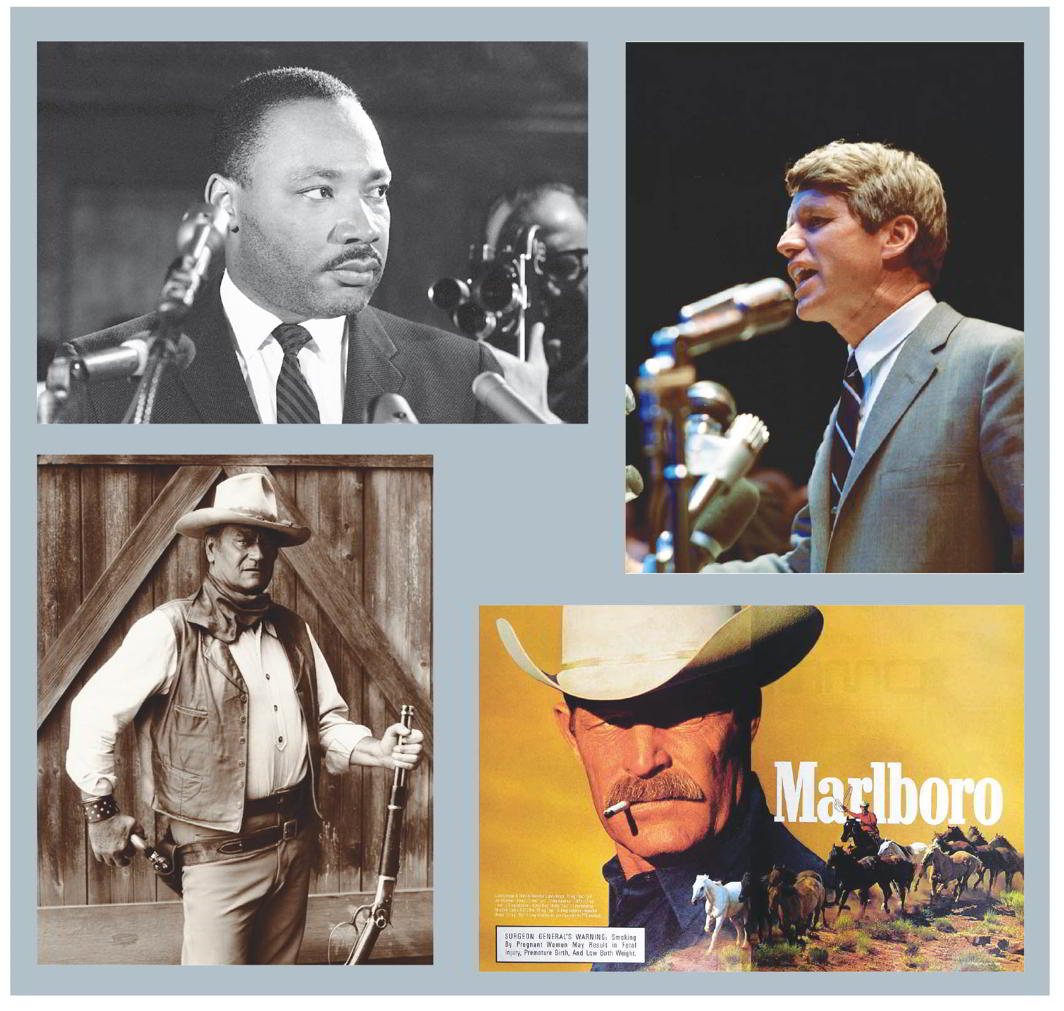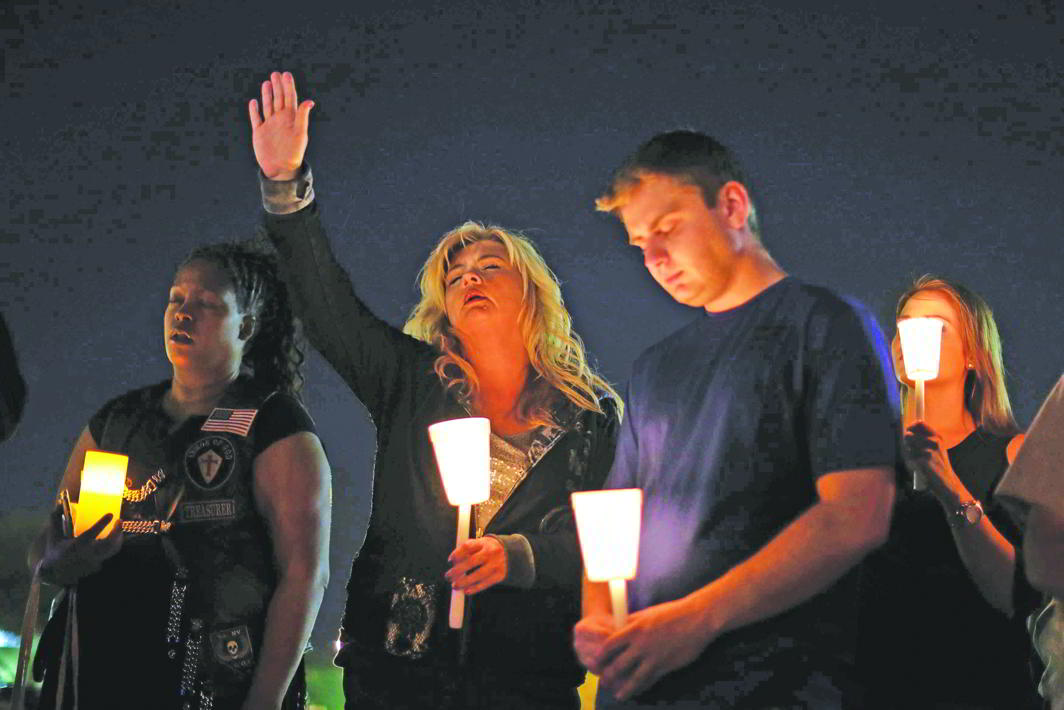Above: Gun laws in the US are so weak you know they were drafted by the gun industry. Photo: Wikipedia
The shooting of over 50 people in Las Vegas has again brought into focus a country of unlimited weapons and regulations so lax, they seem to have been drafted by the gun industry
~By Kenneth Tiven in Washington
America is a dangerous nation. Not just because Donald Trump is the president. Last Sunday, a single American male, a domestic terrorist by any definition, motives unclear, killed 60 people and wounded 500 or more with automatic weapons fired from a perch high in a hotel room overlooking a music concert in Las Vegas, Nevada.
This was the worst mass shooting in a nation famous for it because unlimited quantities of guns and ammunition can be owned by almost anyone. Gun laws are so weak you know they were drafted by the gun industry.
The shock has temporarily overshadowed hurricane relief in a starving and destroyed Puerto Rico, Russian involvement in the American election and the President’s feud with football players protesting racial discrimination and police brutality.
Consider that while the president’s response after the shooting managed to be both solemn and restrained, he avoided discussing the gun death epidemic in America. The last concrete change in American gun regulation took place in 1968 after the murders of Dr Martin Luther King and Senator Robert Kennedy. Since then, America absorbs more than 30,000 gun deaths annually, with one, two, or more victims per occurrence.
For perspective, the US leads the world with 112 weapons per 100 people. By comparison, India is estimated to have five small arms per 100 people (See box). The British controlled weapons with the Arms Act of 1878. That was revamped with the Arms Act of 1959, which limits private possession of guns and other weapons, and limits where they may be carried.
In 1783, at the end of the American War for Independence, guns were a necessity to hunt for food. The 13 original colonies then were still essentially rural and agrarian. The rest of North America was perceived as a hostile frontier.

Understandably, the writers of the constitution could agree that “a well regulated militia being necessary to the security of a free state, the right of the people to keep and bear arms shall not be infringed”. Since then, creators of literature, theatre, movies, television and all manner of content on the internet, have relentlessly embraced the frontier myths as a critical part of American experience.
Blame it on John Wayne with a “six-gun in each hand”. Blame it on the Marlboro Man. Cigarettes and guns equal virility. While smoking has decreased, the frontier mentality of gun ownership has not. And here is why: Gun-makers and the National Rifle Association (NRA) redefined the frontier.
The armaments industry thrived in the Cold War that followed World War II. The end of colonialism after that war created many new nations all eager to outfit military and police forces with weapons. Established big nations spent more on larger systems—planes, tanks, submarines and missiles. With the Cold War winding down after the Soviet Union morphed back into Russia, business should have slowed.
Instead, the industry was complicit in creating the perception that America’s urban frontier was just as dangerous as the 18th century. The antidote proposed for fear of crime, of “other” people, of violence, was possession of a gun.
The National Rifle Association (to which this writer belonged between the ages of 8 and 15 as a target shooter) shifted from representing hunters and sportsmen to pushing for guns as a solution to the perception of epidemic levels of urban crime, which did not exist at the level claimed. Under the leadership of Wayne LaPierre, a gun rights advocate, in the 1990s, the NRA waged war on any government regulation. In 1995, LaPierre wrote a fund-raising letter describing federal agents as “jack-booted government thugs” who wear “Nazi bucket helmets and black storm trooper uniforms to attack law-abiding citizens”.

India’s gun laws
India has 2.6 million licensed gun owners but it also has one of the strictest gun laws in the world. The Arms Act, 1959 and the Arms Rules 1962 prohibit the sale, manufacture, possession, acquisition, import, export, and transport of firearms and ammunition unless under a licence, which is difficult to obtain. The government has a monopoly over the production and sale of firearms, with the exception of some breech-loading smooth-bore shotguns, of which a limited number may be produced and imported. The Arms Act classifies firearms into two categories: Prohibited Bore (PB) and Non-Prohibited Bore (NPB), where all semi-automatic and fully automatic firearms fall under the Prohibited Bore category.
The Arms Act of 1962 added to the PB category any firearm which can chamber and fire ammunition of the calibre .303, 7.62 mm, .410, .380, .455, .45 rimless, or 9 mm. Smooth-bore guns having barrels shorter than 20 in (510 mm) are also specified as PB guns.
Licences for acquisition and possession of both PB and NPB firearms could be given by a district magistrate. Licenses are valid for three years and may be renewed. The sale of firearms requires both parties to possess a permit. The criteria considered during the issue of NPB firearm permits are whether the applicant faces a threat to his life. PB firearms criteria are more stringent, often for persons in government positions who face immediate danger or threats, those whose occupation involves open threats and danger, and family members of such people. PB licences became more regulated in 2014, when otherwise-eligible persons were frequently rejected on the basis of national security grounds. Exceptions are made for defence officers who are allowed to keep firearms without licences under the Defence Service rule, and a handful of professional shooters. The most common household firearm is a double-barrelled 12-gauge shotgun (known as DBBL 12 Bore).
Indian law allows citizens to own and carry guns, but it is not a right enshrined in the Constitution. In 2016, the government made laws governing arms ownership even tougher. Under the new rules, prospective gun owners will have to show they have been trained to handle weapons, can only carry firearms in holders and secure them in a “knocked down” condition in gun lockers at home. Even air guns will require an arms license. The National Association for Gun Rights India protested the changes.
According to the National Crime Records Bureau, gun-related deaths increased from 3,063 to 3,655 between 2010 and 2014 but only 14 percent of the victims were killed by licensed guns in 2014. The rest were killed by illegal weapons.
Under the new laws, any official who issues a gun license will also have to write down the reasons. Licences are given in three categories: self-defence, sports and crop protection.
India has information about its 2.6 million gun license holders in a national digital database.
The NRA, a non-profit organization, has perhaps five million members, a small percentage of the people in the nation who own handguns and rifles. The NRA aggressively spread its money and support around Congress. NRA members were encouraged to contribute only to politicians who support its positions.
All of this is supportive of the 2nd Amendment’s broad empowerment, which the US Supreme Court has upheld in several decisions over the years.
Behind the scenes, the gun lobby blocked or crippled regulations. Weapons have serial numbers to make them traceable. The Bureau of Alcohol, Tobacco, Firearms and Explosives keeps all records from the gun-makers in a single warehouse in West Virginia. The warehouse cannot use computers to track the paper or the boxes they came in. Why not, you might ask. Simply because the gun lobby wanted this regulation dead on arrival and useless to law enforcement.
A background check system that may or may not be accurate is the only protection regarding gun purchases from legitimate dealers. Person to person sales are not checked. No gun purchase requires any training. It’s all point and shoot.
There is no regulation concerning the sale of ammunition. Buy as much as you can afford without explaining anything. The Las Vegas shooter had thousands of rounds of ammunition. How he got it into a hotel room along with more than 20 weapons without arousing any suspicion is a question investigators must answer, as well as a “motive” more detailed than “anger”.
Trump believes that his supporters are heavily weighted toward gun owners and will stay as far from the 2nd Amendment debate as possible. On other issues and confrontations, he remains the raging, barely in control, president, just as he was as a candidate, TV host and real estate investor.
—The writer has worked in senior positions at The Washington Post,
NBC, ABC and CNN and also consults for several Indian channels


